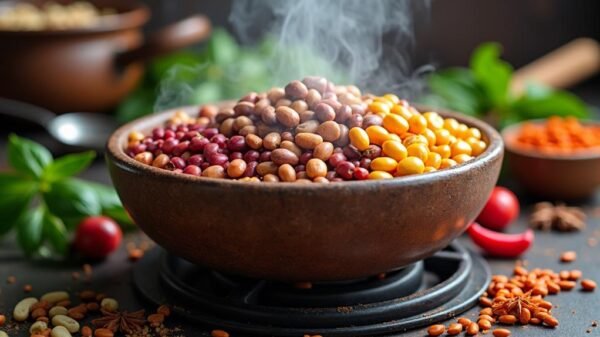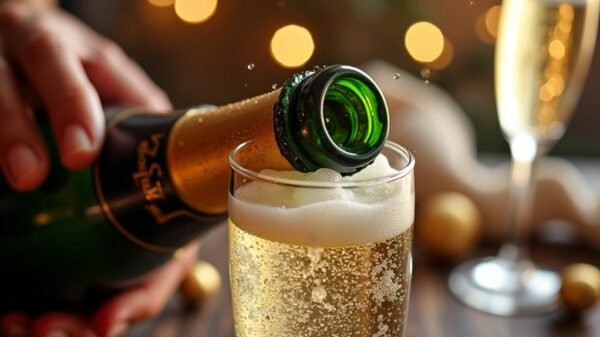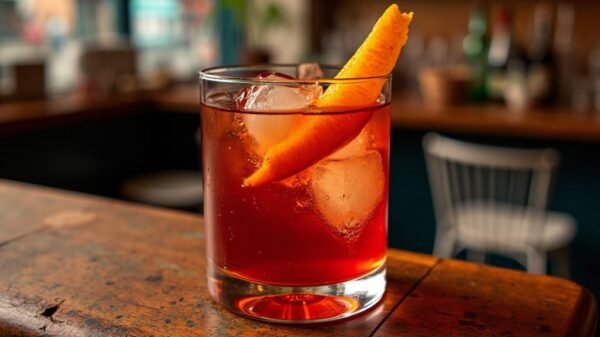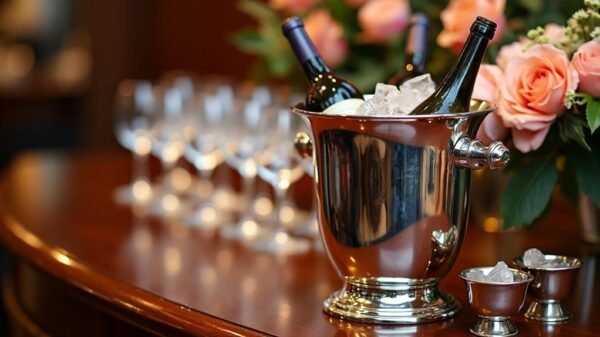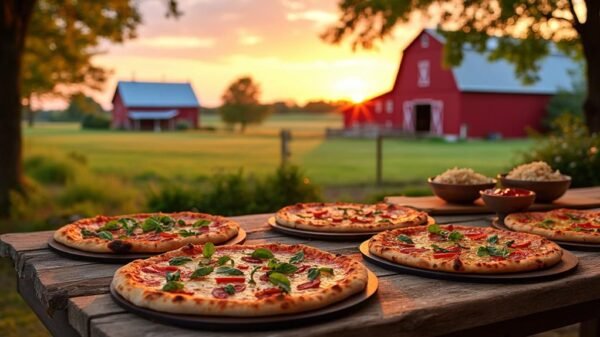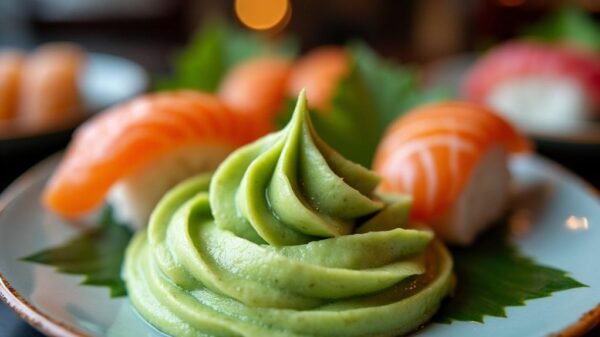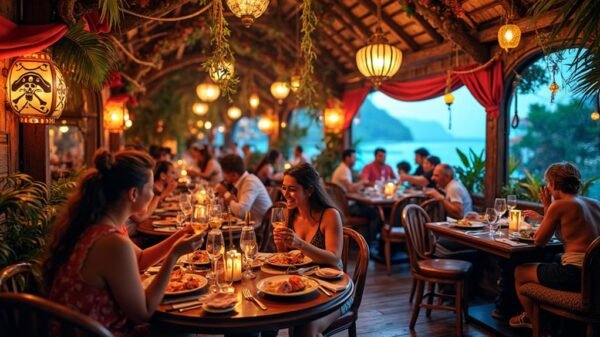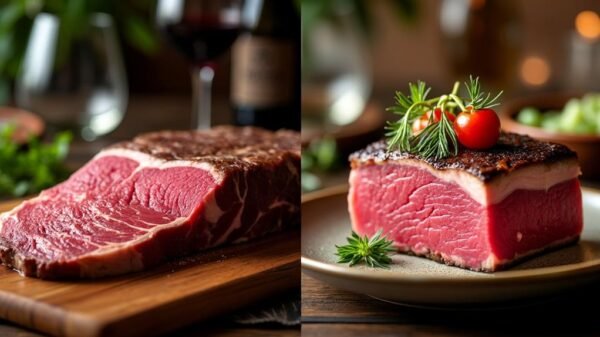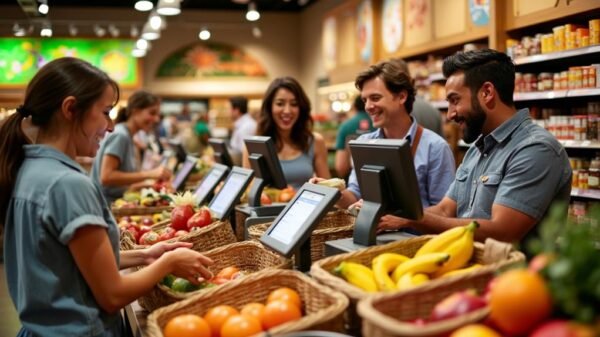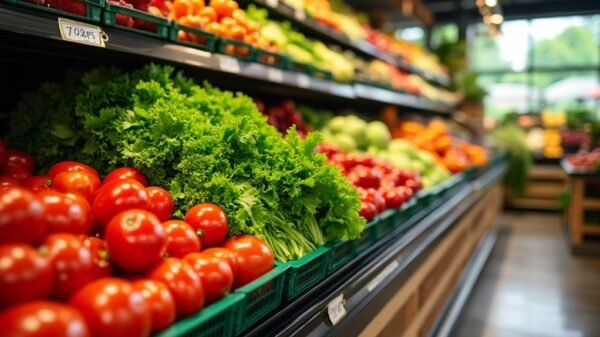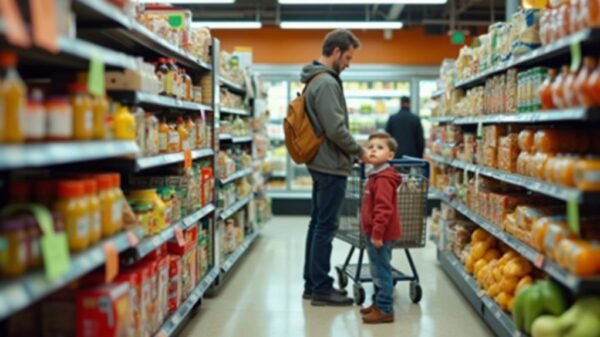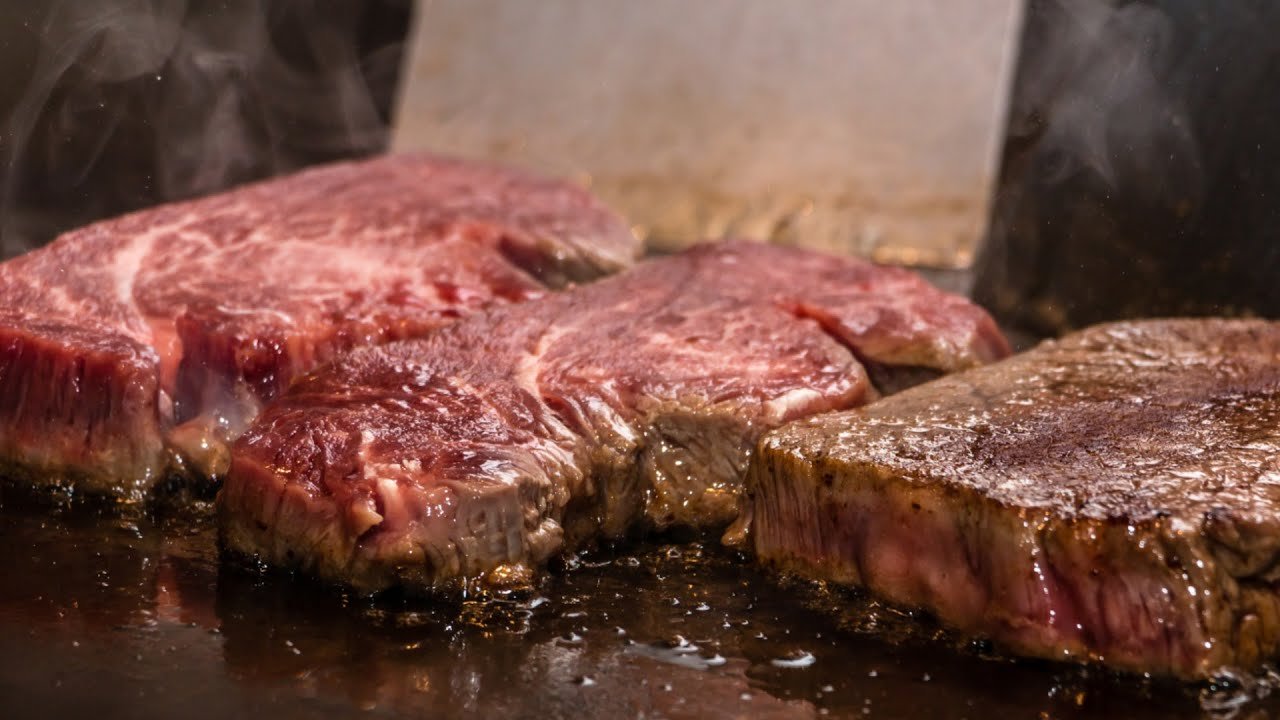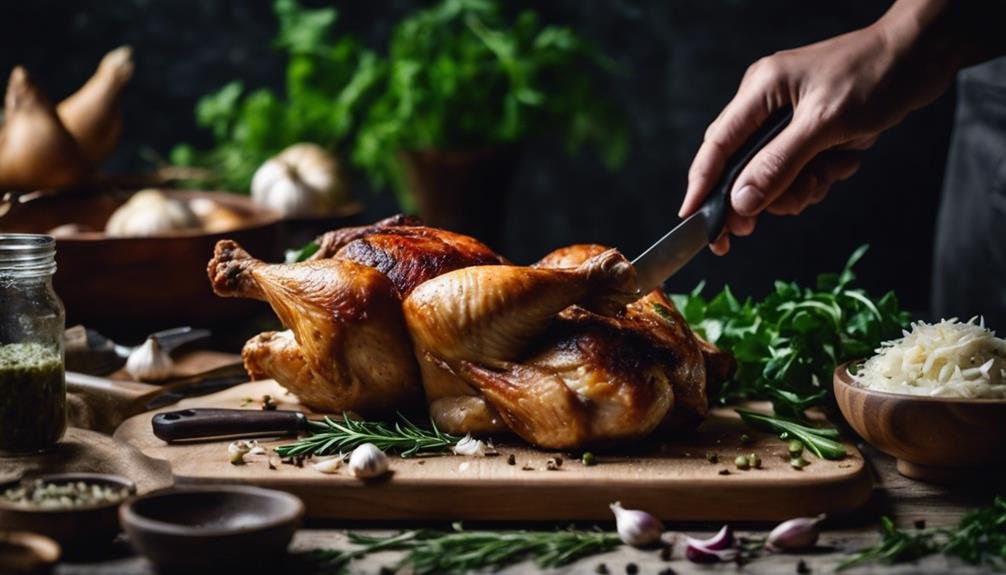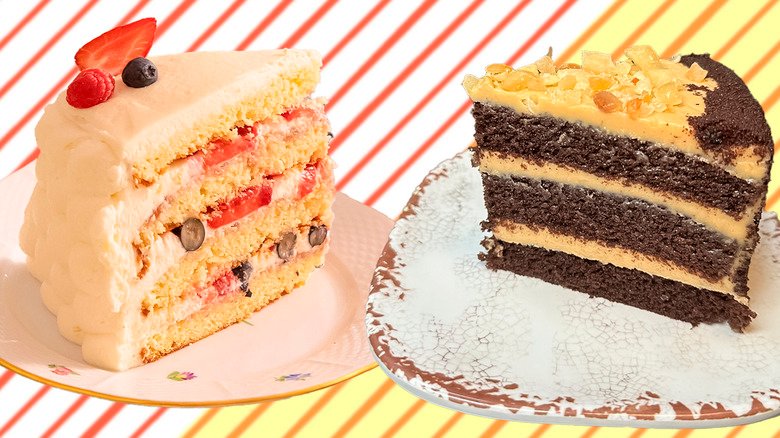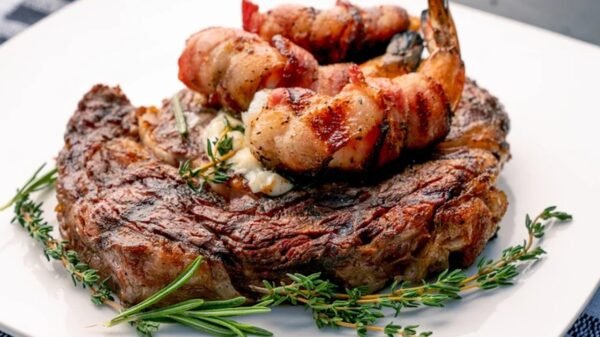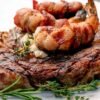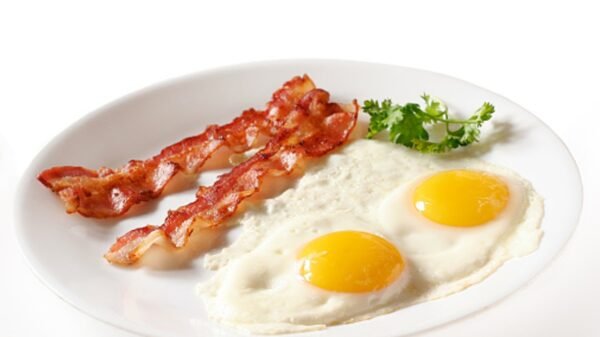Did you know that some of the food we consume isn’t as authentic as we believe it to be? As shocking as it may be, the food industry is rife with substitutes and masquerades, meaning certain items on your plate may not be what you think they are.
One example is the veiled ingredient that often makes its way onto your plate: wood pulp. Yes, you heard it right! Cellulose or wood pulp is commonly found in food items like cheese. More specifically, the grated Parmesan you lovingly sprinkle on your ‘sketti’ is likely to contain a certain amount of it.
Likewise, your seemingly innocent seafood platter may also be a culinary trickster. Tilapia has the infamous reputation of being a bottom feeder and is often deceptively passed off as more expensive types of fish. Yet, this does not stop restaurants and fishmongers from tricking consumers into paying top dollar for it.
In similar vein, unscrupulous sellers may take to selling horse meat disguised as beef. Furthermore, products labelled as extra virgin olive oil can sometimes be cut with cheaper oils. Saffron too, the world’s most expensive spice, is not exempt from forgery, often replaced with cheaper substitutes like marigold flowers or dyed onion skins.
And if you thought that was all, brace yourself for the so-called honey that’s actually a concoction of high fructose corn syrup and other sweeteners. Even the coffee we consume isn’t safe, often containing corn, barley, or wheat as fillers. What about iconic Kobe beef from Japan? Odds are, outside of Japan, what you’re eating is not Kobe.
In conclusion, while regulators and food inspection agencies do their part in curbing such fraud, it’s necessary for consumers to be diligent. For peace of mind, it’s better to be a discerning buyer in the world of these culinary fake outs.










